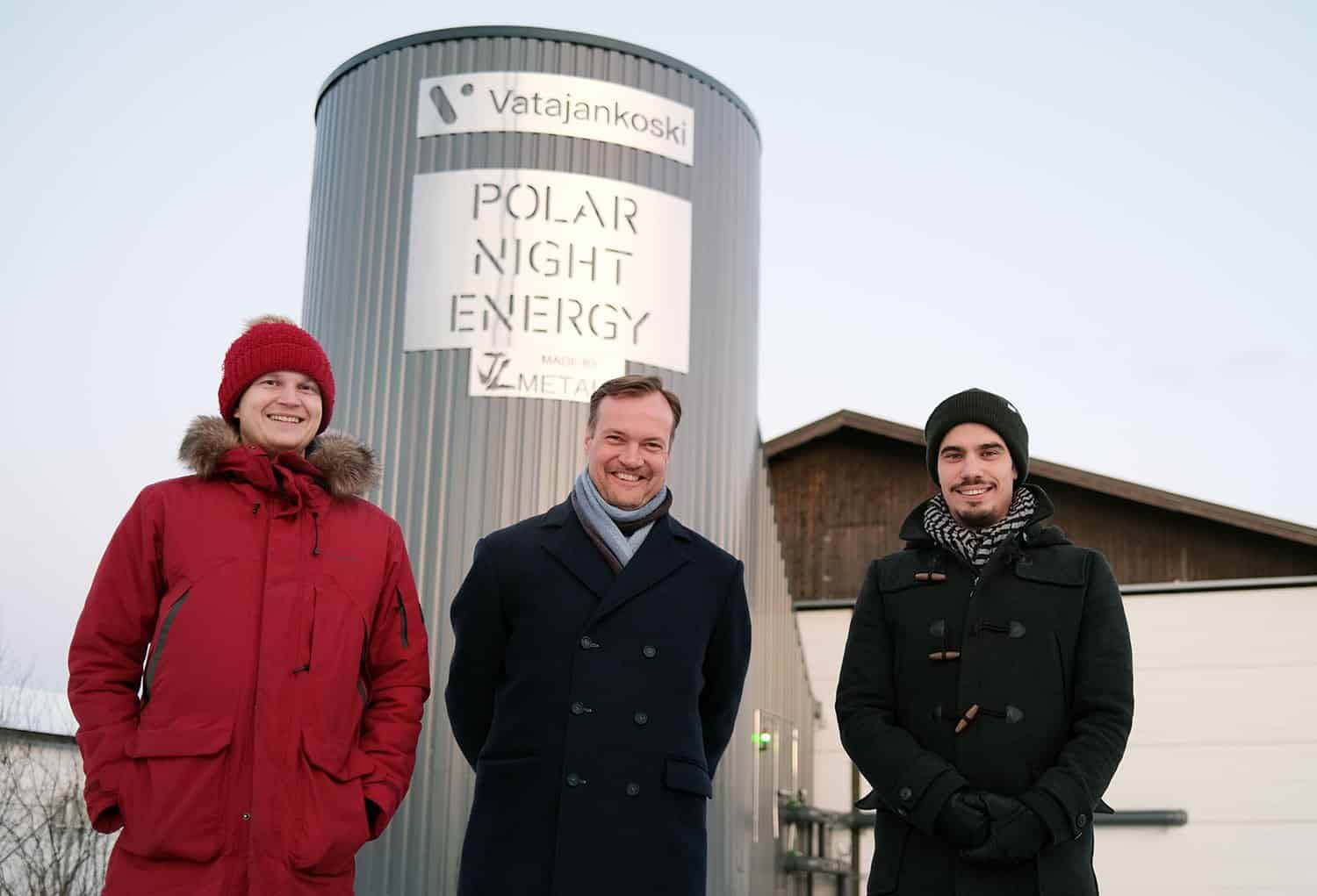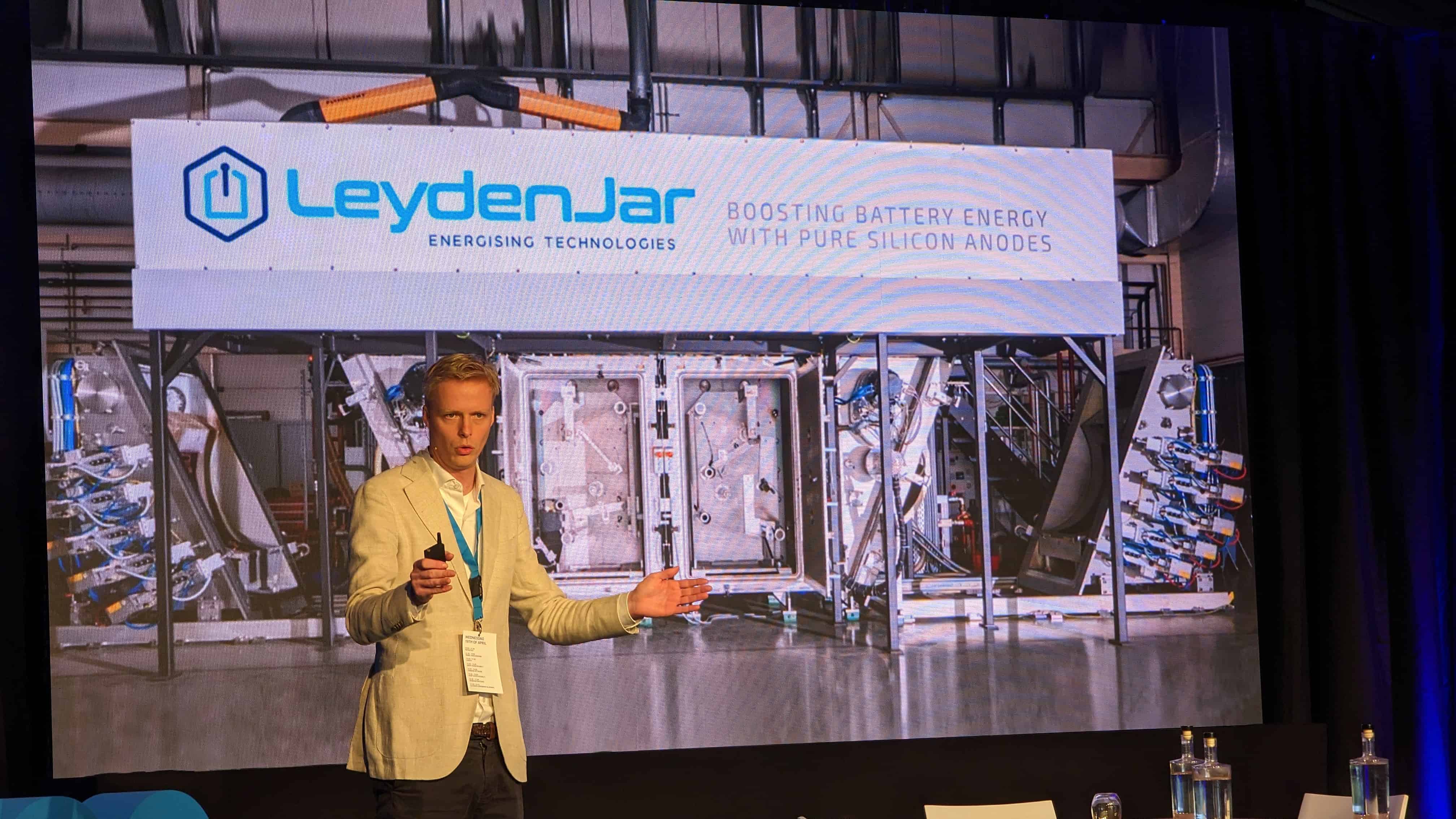
1. Heated Sand: the battery that bridges seasons
In solving the problem of power variability, the solution may not be in complex technology, but in one of the most common substances on earth: sand. Polar Night Energy, a Finnish start-up, has been pioneering the use of sand batteries, an innovative method of storing thermal energy. These batteries are essentially insulated steel silos filled with sand.
The principle behind sand batteries is simple: electricity, either from the grid or local production, is used to heat the sand to high temperatures—up to 600 degrees Celsius. The sand then retains this heat for a significant amount of time, releasing it when needed. Because sand can hold its temperature for months, these batteries can help to bridge the gap between the energy-abundant summer months and the colder, more energy-demanding winter months.

Why this is important:
We highlight innovative solutions in the field of energy storage, which have the potential to address critical challenges such as power variability, sustainability, and energy access.
2. Plant-e: No battery at hand, use a plant
When you think of emission-free generation of energy, windmills and solar panels will quickly come to mind. But you can also generate electricity using plants. This is useful if you want sensors to work in the wilderness, for example, without having to replace a battery every time. Plant-e has developed a technique for this. “We produce CO₂-negative electricity,” says Marjolein Helder, co-founder of Plant-e.
A plant produces organic material through photosynthesis. With the help of sunlight, a plant converts CO₂ into sugars, for example. The plant uses part of this for its growth. However, it also excretes part of it into the soil through its roots. Subsequently, bacteria in the soil break down those organic substances, and electrons are released in the process. Helder: “In order to be able to generate their own energy, the bacteria must get rid of these electrons. If we then offer a carbon electrode to those bacteria, they will grow on it and transfer their electrons to the electrode. If you connect an anode to that electrode, you have a battery, so to speak, and you can generate electricity.”

This is an article from our magazine IO Next: Energy Storage. In the puzzle of our new energy system, balancing supply and demand for energy is the greatest challenge. And that’s why we dedicate this magazine to that crucial puzzle piece.

3. Kitepower: A self-charging battery system
Kitepower, a Dutch start-up that generates wind energy with kites, introduced the Kitepower Hawk. The Hawk system integrates battery energy storage with an Airborne Wind Energy System (AWE). With the Hawk, Kitepower offers a sustainable alternative to diesel generators.
Kitepower’s solutions replace diesel generators with Battery Energy Storage Systems (BESS) that can be recharged by a highly automated kite. The Hawk kite generates 30 kW of energy and stores it directly in a 400 kWh battery. This makes renewable energy mobile and accessible to agricultural, construction, and island communities. The Hawk is unique as a mobile renewable energy source that can be used completely independent of the power grid.

4. LeydenJar: Pure Silicon Anode with high energy density
If there’s one denominator for battery technology, it’s cycle life. “The perfect battery has a high density, can charge fast, lasts long, is cheap and safe. All of that is important, but the most difficult part is always in cycle life.” For LeydenJar, that’s no different. Ewout Lubberman, CEO of the company: “We are proud to guarantee 450 cycles for our products for now, but we are working on improvements to reach more than 1,000 cycles.”
LeydenJar, a Dutch battery company, developed a new silicon anode technology. It enables significantly increased energy density in lithium-ion batteries, which in turn makes batteries smaller and more powerful and opens up new possibilities for e-vehicles.
The company doesn’t make batteries, it focuses on the anode. “So that means we use off-the-shelf materials to build the end product in any form, ranging from cylindrical to pouch or prismatic. Our trick is to change the traditional graphite anode into a pure silicon anode, a technology we learned from the Brainport semiconductor industry. Because silicon can host ten times more anodes per gram, our batteries have a much higher density.”









